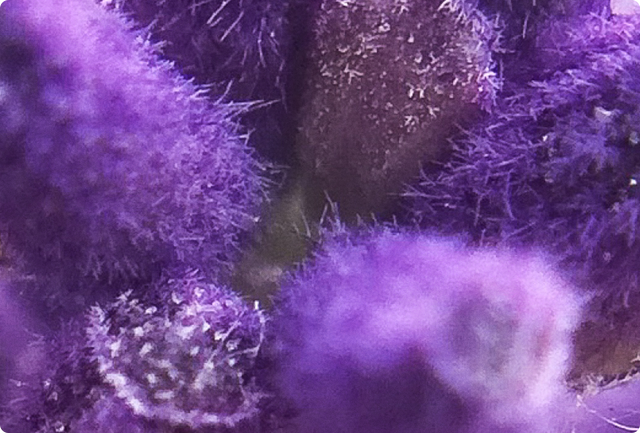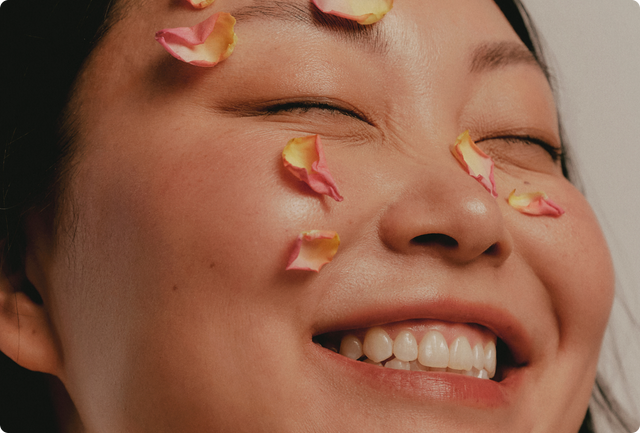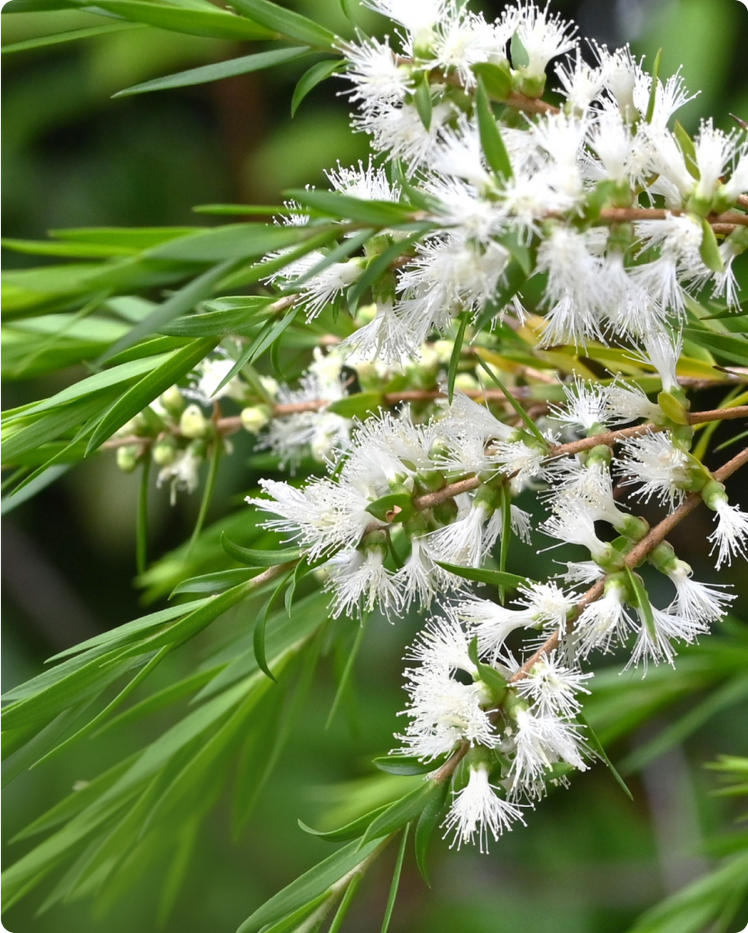About the Oil
Steam-distilled from the leaves of the Melaleuca alternifolia tree, tea tree essential oil is recognized for its sharp, herbaceous, and medicinal aroma. Widely regarded as one of nature’s most versatile remedies, tea tree is valued for its powerful cleansing, antimicrobial, and skin-soothing properties.
Its key component, terpinen-4-ol, is the hero compound behind its antibacterial and anti-inflammatory effects, making it a staple for blemish-prone skin, scalp care, and natural home care routines.
Why You Would Use Tea Tree Essential Oil
-
To help reduce the appearance of blemishes and skin irritation
-
For its strong antimicrobial and purifying benefits
-
As a natural aid in oral and scalp hygiene
-
To freshen air and surfaces with a clarifying scent
-
For its stimulating, energizing effect during fatigue or mental fog
Clinical Findings
| Study | Participants & Methods | Key Results | Reference |
|
Antimicrobial Properties |
Review of human and in vitro studies evaluating tea tree oil’s efficacy against bacterial, fungal, and viral pathogens |
Demonstrated broad-spectrum antimicrobial action, including effectiveness against Staphylococcus aureus, Escherichia coli, Candida albicans, and some viruses |
Carson et al., 2006 |
|
Active Constituents |
Biochemical assessment of terpinen-4-ol and α-terpineol on various pathogens |
Identified terpinen-4-ol as the main active antimicrobial component; showed inhibitory activity against resistant bacterial and fungal strains |
Hammer et al., 2006 |
|
Oral Health Support |
60 participants with plaque-induced gingivitis used tea tree mouthwash vs. chlorhexidine over 14 days |
Noted significant reductions in plaque and gingival bleeding; tea tree oil was well tolerated and free from unpleasant side effects |
Raut et al., 2023 |
Behind The Science
Tea tree oil works through its high content of terpinen-4-ol, a compound that penetrates cell membranes of harmful microbes and disrupts their structure and function. This gives it potent broad-spectrum antimicrobial effects that span bacteria, fungi, and some viruses.
Its anti-inflammatory benefits stem from the inhibition of pro-inflammatory cytokines and oxidative stress. In dermatology, it helps calm skin responses while also acting as an effective antiseptic.
Tea tree oil is also widely researched for oral care, where it’s shown to reduce microbial growth and improve gum health without disrupting beneficial flora.
How and Where It Grows
Tea tree is native to Australia, particularly the swampy lowlands of New South Wales. It thrives in warm, wet environments. The oil is extracted from the narrow, fragrant leaves through steam distillation, yielding a clear, potent essential oil rich in therapeutic actives.
Use in Ancient Medicine
Tea tree has long been used by Aboriginal Australians, who crushed the leaves to apply to wounds and inhale for respiratory ailments. The leaves were also used in medicinal infusions and steam treatments. Modern herbalists and natural medicine practitioners have continued this tradition in skincare, scalp health, and immune care.
Symbolism
Tea tree symbolizes cleansing, resilience, and vitality. It’s an oil of purification and energetic renewal, clearing what no longer serves and restoring a sense of integrity to the body and mind. Its fresh, medicinal scent is often associated with courage, strength, and a return to balance.
INFORMATION provided is intended for informational purposes only and is not meant to diagnose, treat, cure, or prevent any disease. Statements have not been evaluated by Health Canada or the FDA. Please consult a qualified healthcare provider before using essential oils for therapeutic purposes.
References
- Carson, C. F., Hammer, K. A., & Riley, T. V. (2006). Melaleuca alternifolia (Tea Tree) Oil: A Review of Antimicrobial and Other Medicinal Properties. Clinical Microbiology Reviews, 19(1), 50–62.
- Hammer, K. A., Carson, C. F., & Riley, T. V. (2006). Antimicrobial Activity of Essential Oils and Other Plant Extracts. Molecules, 22(1957), 1–18.
- Raut, A. V., et al. (2023). Comparative Evaluation of Tea Tree Oil Mouthwash and Chlorhexidine in the Treatment of Gingivitis. Dentistry, 13(149), 1–6.






